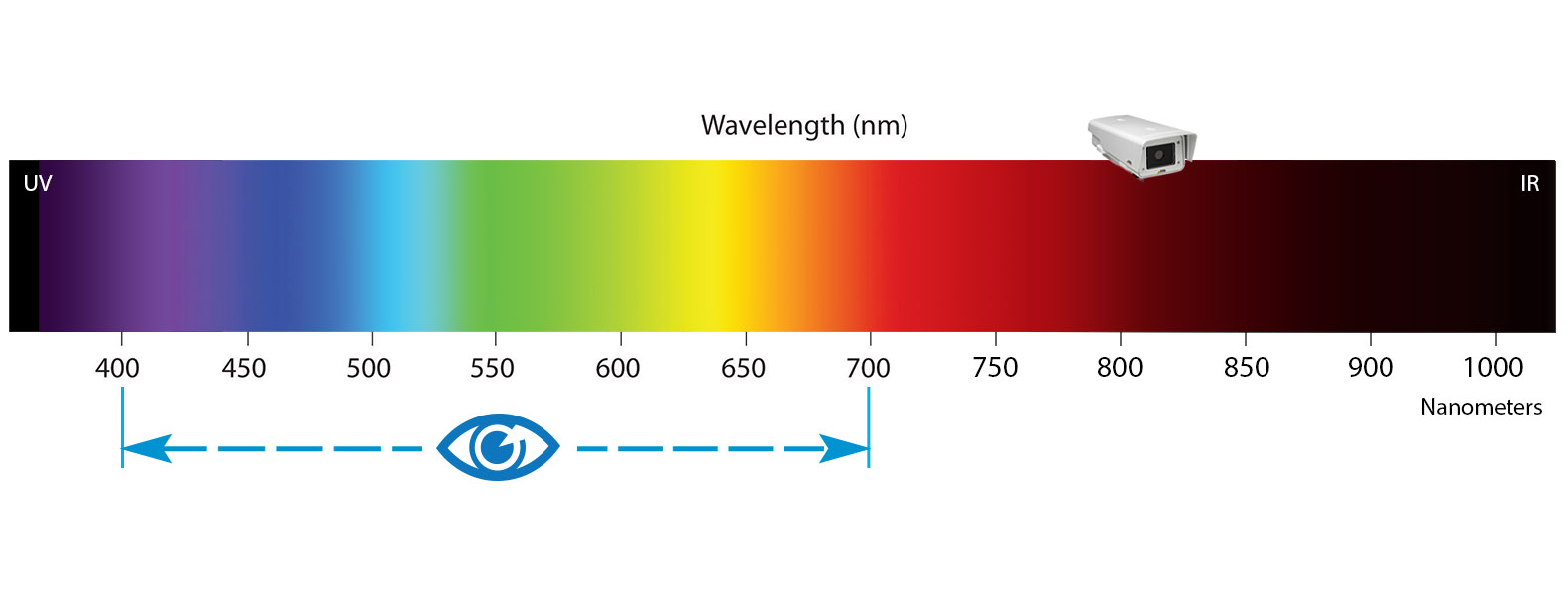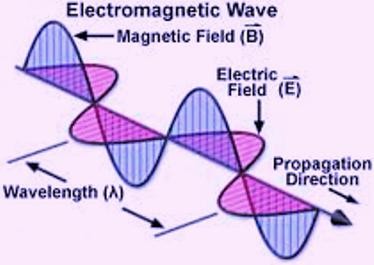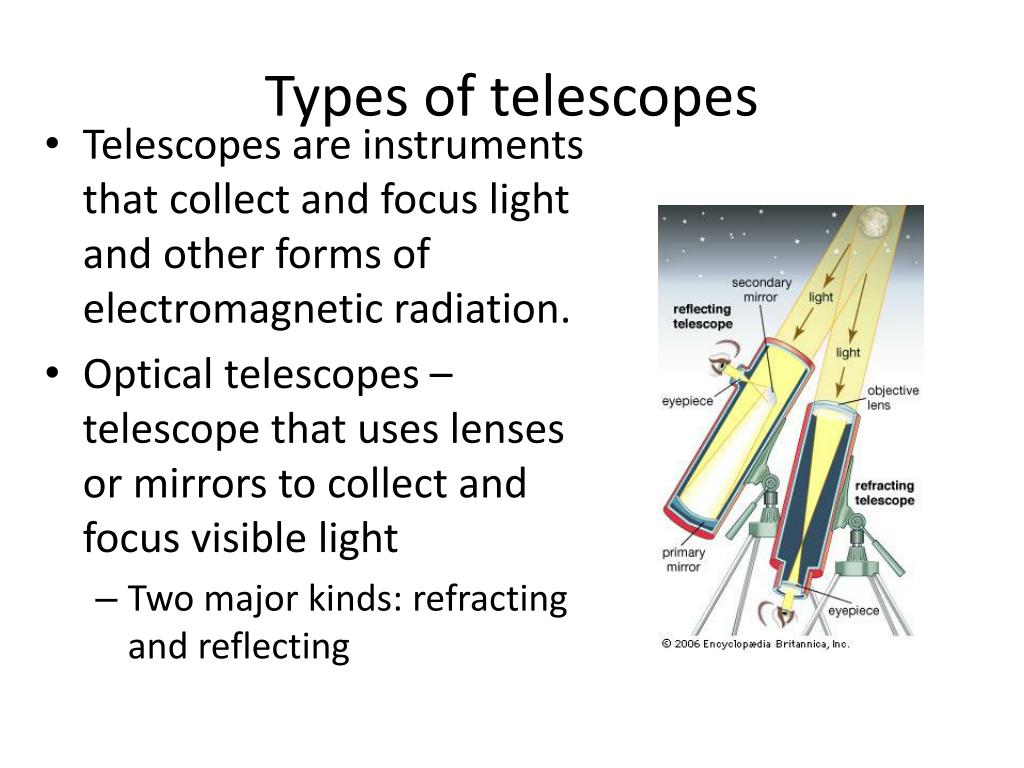

Small differences occurred due to calibration and testing errors. During the experimental testing, simulated and tested values complied with each other. The above-mentioned three operating frequencies, by which electromagnetic waves are radiated from three different antennas, are read via digital oscilloscope and finally these voltages are converted to 256 gray-leveled pixel values of each cell. Our study, which is validated using simulation and experimental techniques, deals with the absorption of the incident electromagnetic waves at 1.80, 2.45, and 5.80 GHz for creating the image when radio frequency microwave is employed.

The suggested structure is based on a microwave antenna-inspired absorber with cavities in resonator layers.

We propose a microwave imaging structure with GSM, ISM, Wi-Fi, and WiMAX operating frequencies at 1.80, 2.45, and 5.80 GHz, respectively. The novelty of this study is having image capability with most commonly used frequency bands by absorbing microwave energy. The results of the study indicated that produced nanofibers can absorb significant EM waves in addition to showing high piezoelectric response. Output voltages increased linearly with slopes of 2.83, 1.92, 0.55, 0.306, and 0.086 by increasing the NP content, frequency, piezoelectric area, force, and thickness, respectively. FTIR and XRD investigations respectively showed that the β phase content increased up to 10% and 7% in presence of 4% NPs that led to an increase of up to 105% in piezoelectric response (up to 23.5 V).
Which type of electromagnetic radiation cannot be focused generator#
The effects of filler content, piezoelectric dimension, and test dynamic condition on the output voltage of the piezoelectric generator were also assessed. Extensive characterizations including morphological, structural, piezoelectric response, and EM wave absorbance tests were performed on both synthesized NPs and electrospun mats. Then, nanofibers were prepared by the electrospinning technique. Porous core‐shell Nanoparticles (NPs) were synthesized and dispersed in poly (vinylidene fluoride) through solution mixing methods in different concentrations. In this regard, the present study was conducted to investigate the possibility of producing flexible, piezoelectric, and EM‐sensitive multifunctional nanofibers. This situation of scientific uncertainty and considerable public concern creates dilemmas for decision makers.įlexibility, protection against harmful electromagnetic (EM) waves, and mimicking movement patterns of human beings are among the most required features of advanced textiles. However, extensive research activities are ongoing and much more data will be available in the near future. As for fields used by telecommunications technology, there is still considerably fewer data available and for the time being there is only very weak support for the existence of health effects. The strongest evidence for health risks is from exposure to fields generated in connection with use of electric power. Comprehensive research efforts are therefore warranted, and are indeed ongoing. Because of the already widespread exposure, even small health effects could have profound public health implications. There is, however, also a concern that long-term exposure to weak fields might have health effects due to an as-yet unknown mechanism.

It is well known that exposure to strong fields can result in acute effects, such as burns the mechanisms behind such effects are well established. Electromagnetic fields (EMF) are ubiquitous in modern society.


 0 kommentar(er)
0 kommentar(er)
